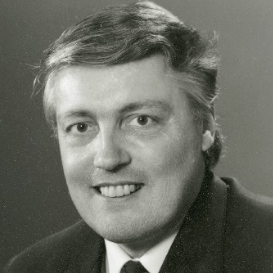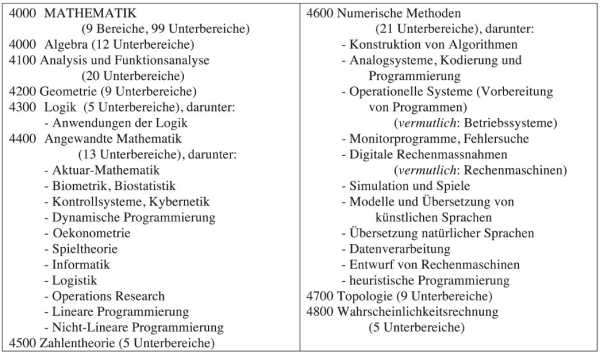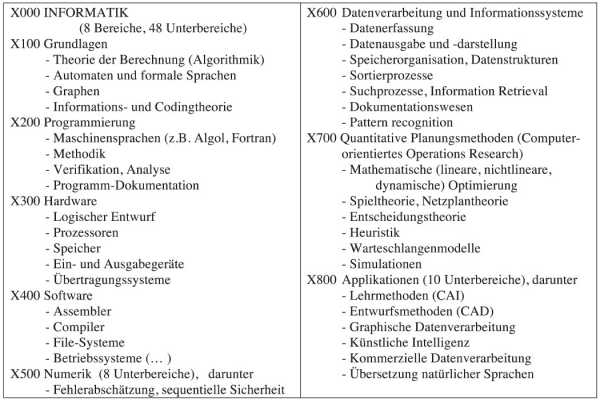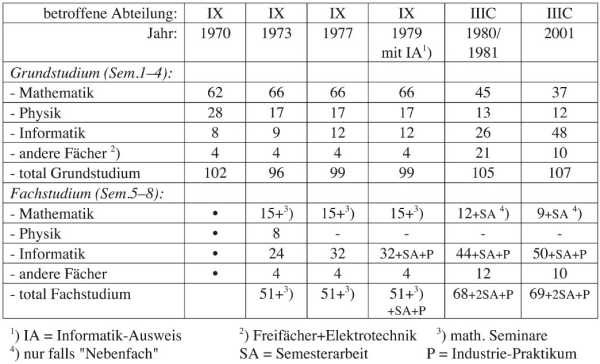A new science fights for its place
Forty years ago, ETH Zurich launched its computer science degree programme. However, the history of computer science at ETH began even earlier. Our professor emeritus Carl August Zehnder reveals how he and the other founders of the department fought for their own degree programme.

In Switzerland, tens of thousands were already working in computer-related professions around 1970. These were mostly career changers who had reoriented themselves out of interest in a new, promising field. Some of them had an university education as mathematicians, engineers or business economists. It took more than a decade and four attempts (1973, 1977, 1979, 1980/81) before ETH Zurich finally decided to create its own computer science degree programme.
The hour of the pioneers
In 1948, the Institute for Applied Mathematics was founded at ETH Zurich under the direction of Professor Eduard Stiefel. On the one hand, it established contacts with the USA, and on the other hand, from 1950 to 1955, it was the first continental European university to use a programmable calculator, Konrad Zuse's Z4. As early as the academic year 1952/53, a course on "Programming with Exercises on a Computing Device" was announced in the course catalogue. In 1968, 20 years after the founding of the institute, these fields had developed to such an extent that it became necessary to separate computer topics from applied mathematics, and an independent specialist group for computer sciences was formed. Professors Heinz Rutishauser, Peter Läuchli and Niklaus Wirth were part of this group, as was Carl August Zehnder from 1970. However, the early death of Heinz Rutishauser in November 1970 weakened the group considerably. The new appointments of Erwin Engeler in 1972 and Jürg Nievergelt in 1975 brought gradual reinforcements to address a growing number of service tasks. These computer science professors were thus the progenitors of the efforts described below, which finally led to the creation of a separate degree programme for computer engineers in 1981.
Vision and cluelessness
In the USA and England, computer science had been a regular university course since 1965, while in France and Germany, informatics had been taught since 1969/70. A large-scale survey by the Swiss Science Council in May 1970, in which all scientific disciplines were asked to lay out their future plans, came at just the right time for the ETH computer scientists. This survey came with a "Guiding List of Disciplines and Research Branches" (Table 1) with an explicit invitation for additions and comments. The list showed very clearly that the highest scientific bodies in Switzerland at the time had neither recognised the importance of computer science nor understood its core areas. Thus, there was a whole string of computer-related terms under the discipline of "mathematics", including five mentions of the term "programming". However, some of these terms were incomprehensibly assigned, simply misunderstood or even wrong. The terms "programming of digital computer systems" and "software", which are central to computer science, were missing entirely.
At ETH Zurich, the Department of Mathematics, with a total of 25 professors at the time, was the home for computer science, which counted four professors in 1970. They reacted to the list with a counter-proposal (Table 2), which raised computer science to the level of a discipline in its own right and thus placed it alongside mathematics. However, as a first step it seemed obvious to attempt to create a computer science programme by simply adapting the mathematics curriculum. At the beginning of the 1970s, a major revision of the 1962 curriculum was pending, from which the computer scientists hoped to benefit. In 1973, they worked vigorously to expand the minor subject options for mathematics students. The goal was to replace the previously compulsory minor in theoretical physics with an equivalent minor in computer science, but their efforts came to nothing;¬ the Department of Mathematics had already firmly rejected that idea. Nevertheless, this concept was reintroduced within the Department of Mathematics in 1977, when it was unexpectedly accepted, because now another group of mathematics professors supported this approach and additionally applied for a third minor option, namely stochastics. The previously rigid minor subject regulation was now loosened. The mathematicians agreed for students to have freedom of choice among three official minor subjects. The new core elective subjects of theoretical physics, computer science and stochastics were subsequently confirmed by all the competent authorities.
The third attempt
In 1979, Niklaus Wirth and Carl August Zehnder presented a proposal to create a separate degree programme in computer science as soon as possible to Heinrich Ursprung, then President of ETH Zurich. He suggested that they submit their request to the 13 departments and the four committees of representatives in a consultation survey. At the same time, the question of founding a new department was to be decided. The results of the survey were sensational. All departments, with the exception of the architectural department, and three out of four committees agreed to the creation of a separate degree programme in computer science. However, they all rejected the creation of a department of computer science.
The planned computer science degree programme was to be a theory-rich but also construction-oriented engineering curriculum. It was to be based on the classical basic subjects: a lot of mathematics and physics, and also electrical engineering and, of course, plenty of computer science. The new programme required one additional assistant position for every eleven additional students. The five professors of computer science available at that time agreed to concentrate fully on teaching for a limited period and to double their personal teaching load during that time. Doing so would enable them to fully cover the teaching of computer science in all four years of the new degree programme themselves. New professorships would only have to be created if higher student numbers justified it. These arguments convinced ETH President Ursprung. The computer scientists had modest demands and showed a great willingness to first make their own contributions and to only later demand adjustments in the allocation of funds, depending on the success of the programme. President Ursprung now also supported the idea of separate computer science department.
The new programme comes to life
In the weeks leading up to Christmas in 1980, an ad-hoc department council drew up the new curriculum. The compilation of a completely new programme over four full academic years, with conceptual borrowings from various disciplines and a large number of new or heavily redesigned courses, naturally also entailed risks. Was it reasonable to expect first-year students to serve as guinea pigs for eight semesters? Wouldn't that scare them away? In order to defuse these problems, but also to be able to issue the first diplomas for computer science engineers as quickly as possible and thus become visible on the labour market, an additional intermediate entry into the fifth semester was set up for the opening date in autumn 1981. A transitional arrangement, set up for three years, offered ETH Zurich students the opportunity to enrol in the fifth semester of the new computer science programme without further examinations after passing their second-year exams in any subject. Thus, at the beginning of 1981, the concept for the new degree programme was in place. But now a race against time began for the opening in autumn 1981 for both first- and fifth-semester students. For this to happen, the responsible bodies – the Executive Board, the School Council and the Federal Council – now had to formally adopt the necessary regulations, such as the curriculum, diploma examination regulations and amendment of the ETH regulations, which took several months, even with the best efforts of everyone involved. Parallel to this, further arrangements had to be made; for example, the official positioning of the new department within ETH Zurich by means of the IIIC number, which was deliberately intended to emphasise its proximity to other engineering departments. Alongside these internal steps, it was necessary to make all Swiss secondary school graduates of the spring of 1981 aware of the new course of studies, long before the Federal Council's approval decision, which was not expected until June; 110 of them then entered the first semester in the autumn. In the summer semester of 1981, ETH students were informed about the possibility of transferring to the fifth semester of the new degree programme; 23 took advantage of this opportunity (of whom 20 graduated as the first ETH computer engineers in 1984). All preparations were completed on time. At the beginning of July 1981, the then Institute of Computer Science was able to celebrate its founding and the approval of the Federal Council with a boat trip on Lake Zurich.


